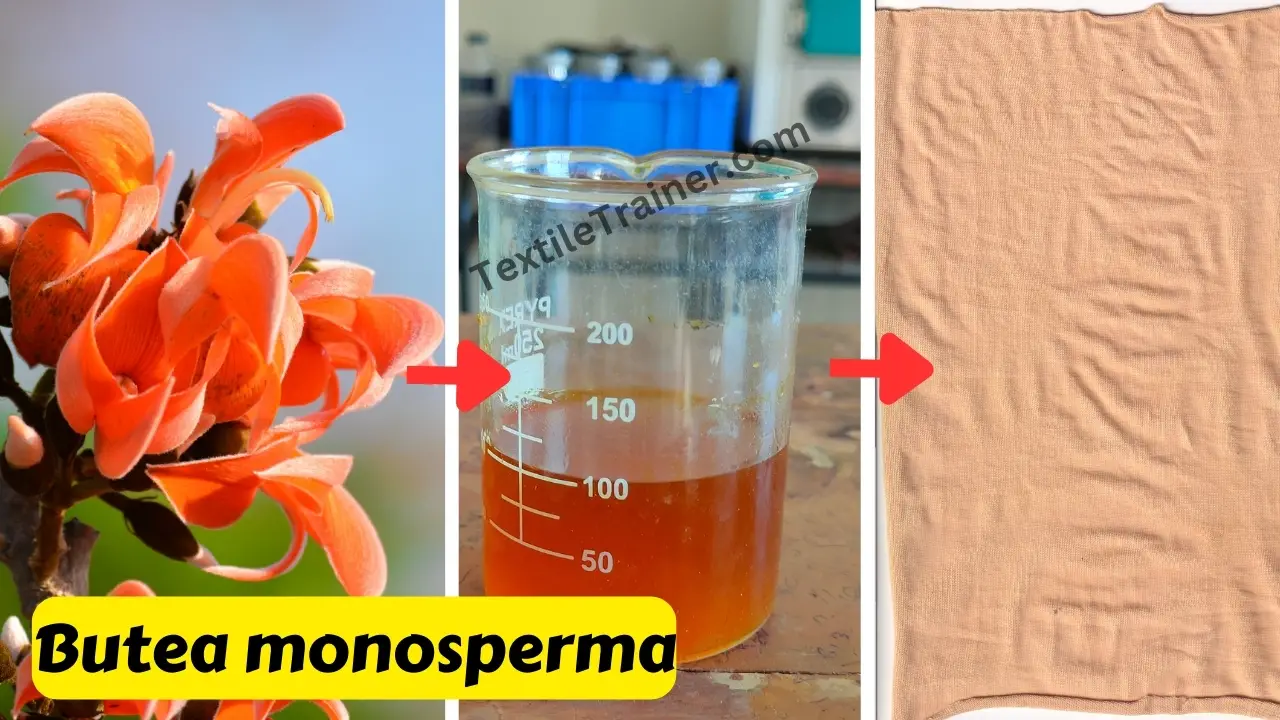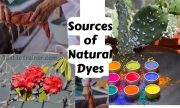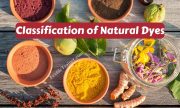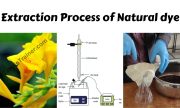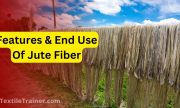Introduction:
Globally, natural dyes are becoming increasingly popular as eco-friendly dyes. Natural dyeing refers to the application of color directly to fiber, yarn, or fabric without additives. One of the most important ornamental plants mainly grown in forests is Butea monosperma (Lam.) Taub. Its flowers are rich in orange pigments. We will discuss extraction process of natural dye from butea monosperma in this article. In addition to being a powerful medicine, crud flower petal dye can also be used as a coloring material in soft drinks and other food products such as jam, chow main, noodles, sausages, etc. After purifying and refining, the dye is commonly used for dyeing textiles, food items, and pharmaceuticals. Butea monosperma (Lam.) Kuntze (Family: Fabaceae) is also known as the ‘flame of forest’ or ‘Tessu or Palash’.
In this article, we will described dye extraction process from butea monosperma (Palash) flower and dyeing process of cotton fabric with the extracted natural dyes solution from butea monosperma (palash) flower.
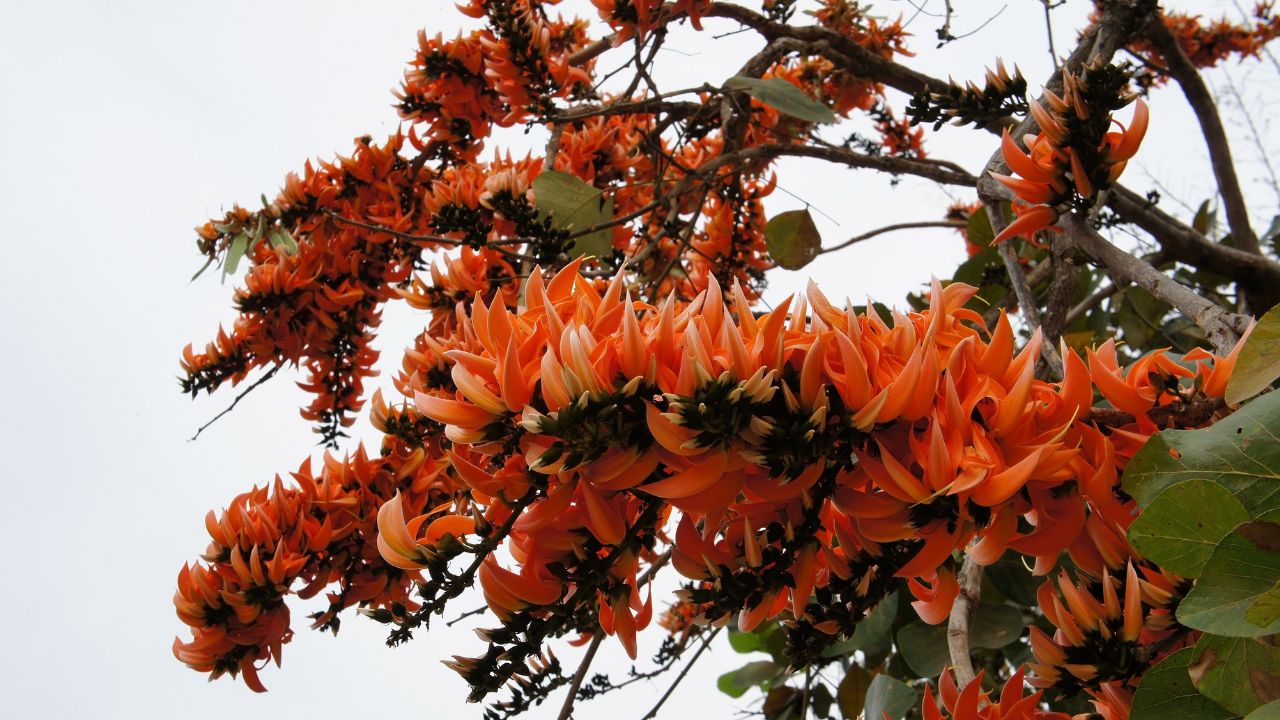
Material:
The flowers of Butea monosperma were collected from the campus of Jashore University of Science and Technology(JUST). The flowers are cleaned with fresh water after collection. We dry the flowers in the sun. It takes two days. After two days, it becomes crispy. Now, the green portion of the flower was removed. Then, blender the flower and found the flower has fine power. We purchased single jersey knit fabric from a local factory and potash alum from the local market. Potash alum is used in mordants.
Dyeing Process with Natural Dye from Butea monosperma:
Step-1: Dye Extraction Process
Natural dyes can be extracted in seven different ways. One of these methods is aqueous extraction. For this article, we used an aqueous extraction method to extract dye from Butea monosperma flowers. Because this process is very straightforward. Our first step was to take 25 grams of flower powder and 500 ml of water. Now mix the powder and water. Now, boiled the solution for 60 minutes at 1000C . After that, filter the solution to get a fine flower dye solution.
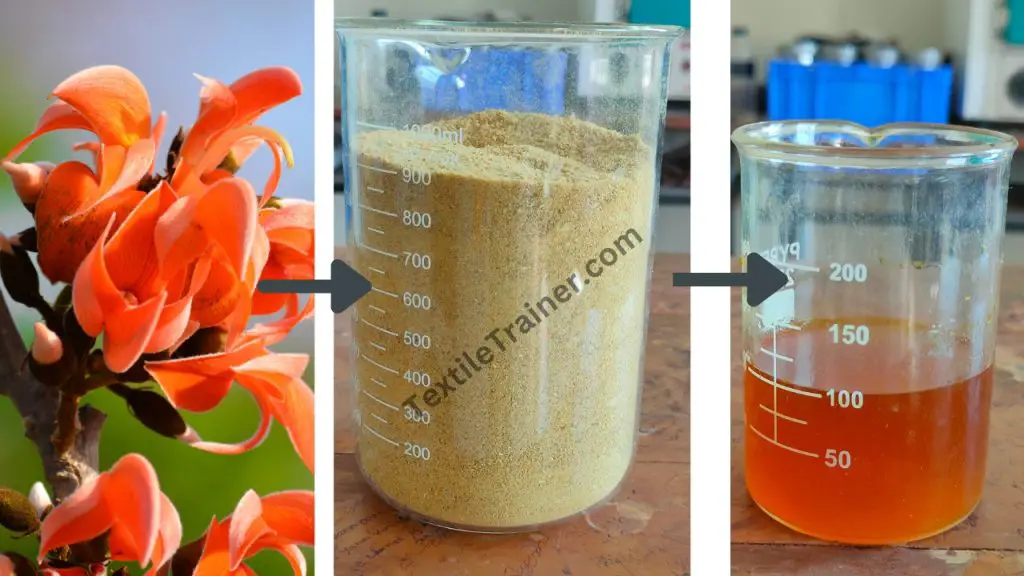
Step-2: Mordanting Process
Natural dyes have no affinity to fabric. Mordants are used to increase affinity. There are different kinds of mordants. Some are natural, and some are synthetic. This experiment will use a synthetic mordant, potash alum. We bought the potash alum from the local market. We used 15% potash alum to dye the fabric. Our fabric weight is 5 grams, so we used 0.15 grams of potash alum. Then we mixed the potash alum with 100 mL water in a dyeing pot. Now load the fabric into the dyeing pot. Run the machine for 60 minutes at 800C. After the mordanting time has passed, unload the fabric from the machine. Sequence the fabric slightly and don’t wash it. Our fabric sample is ready for dyeing.
Step-3: Dyeing Process
- For the initial step, we took 100 ml of dye solution derived from Butea monosperma flowers.
- Fill the dyeing pot with the mordanted fabric.
- Run the machine at 100 degrees for 60 minutes.
- Unload the sample after the dyeing time has passed.
- Rinse the sample with fresh water now.
- 300 ml of water was taken in a beaker, and 1 gm of soap was added. As a result of soap cleaning, the unfixed dye was removed from the fabric.
- As a final step, the sample was dried.
Result:
We found a light orange shade from Palash flower which looks like a synthetic shade. You can try it at home.
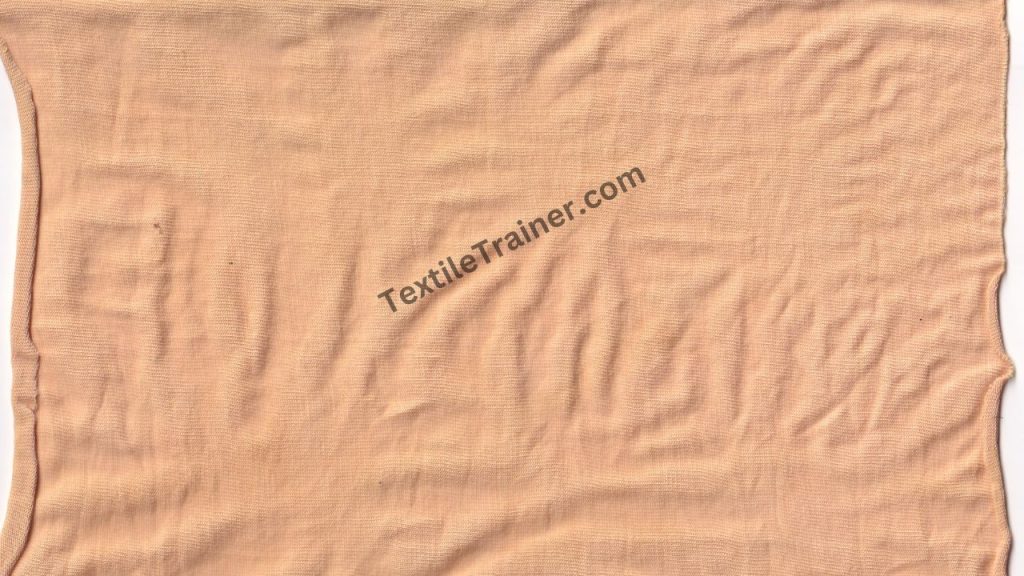
You May Read:
